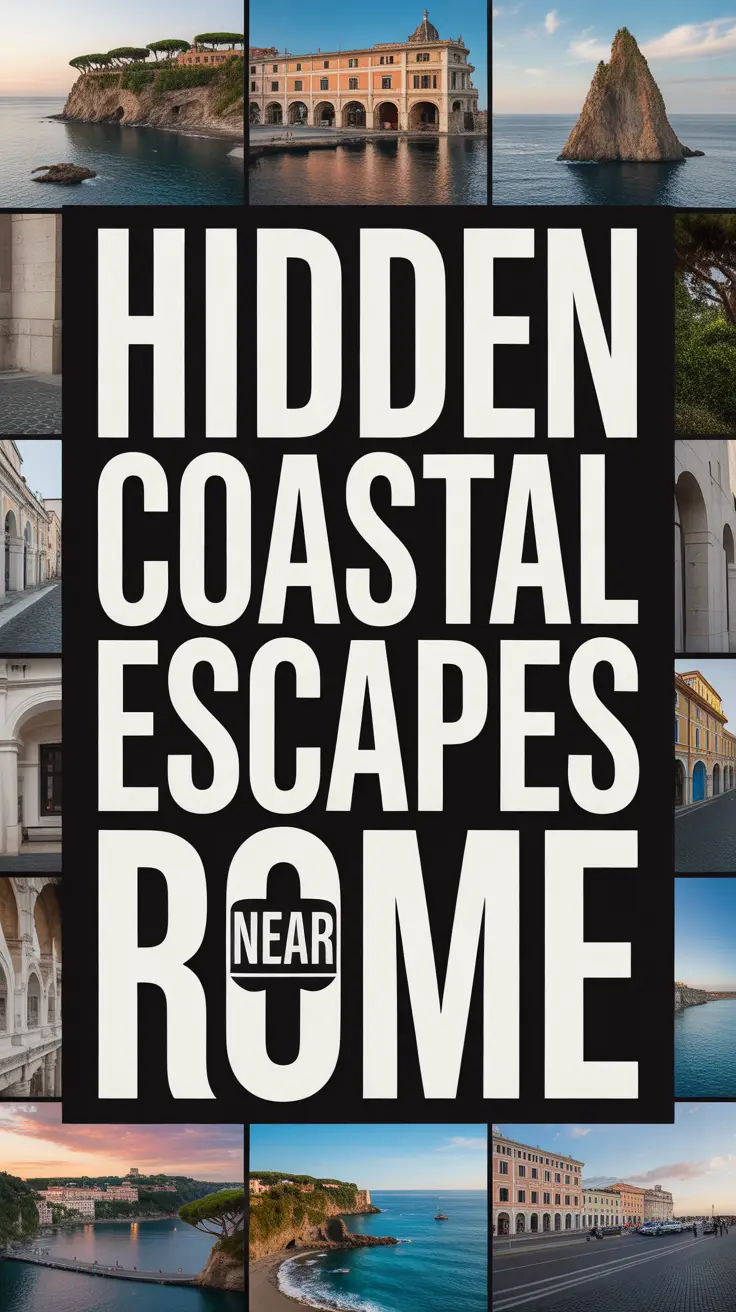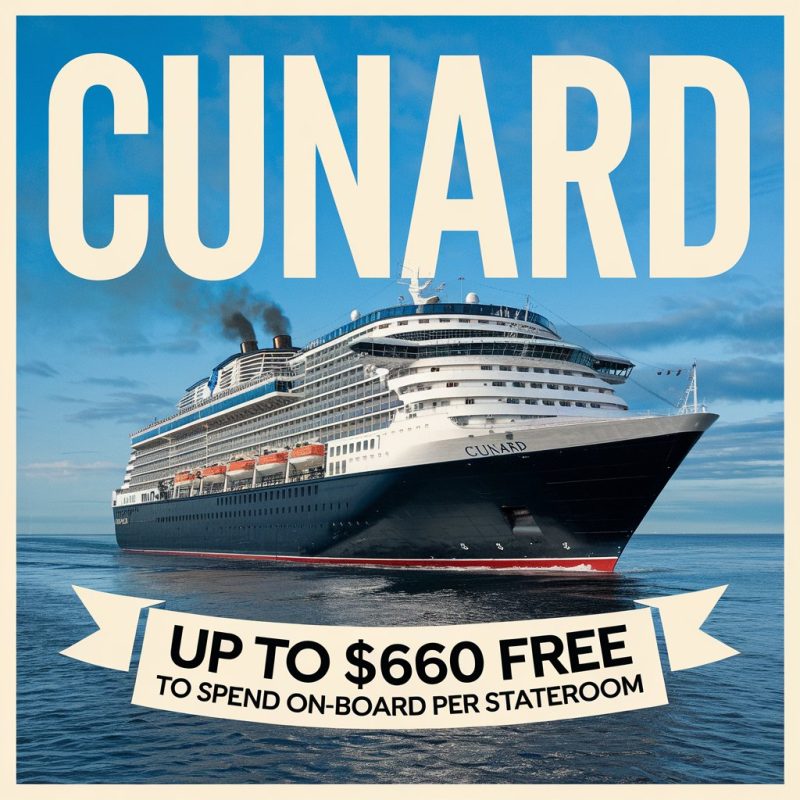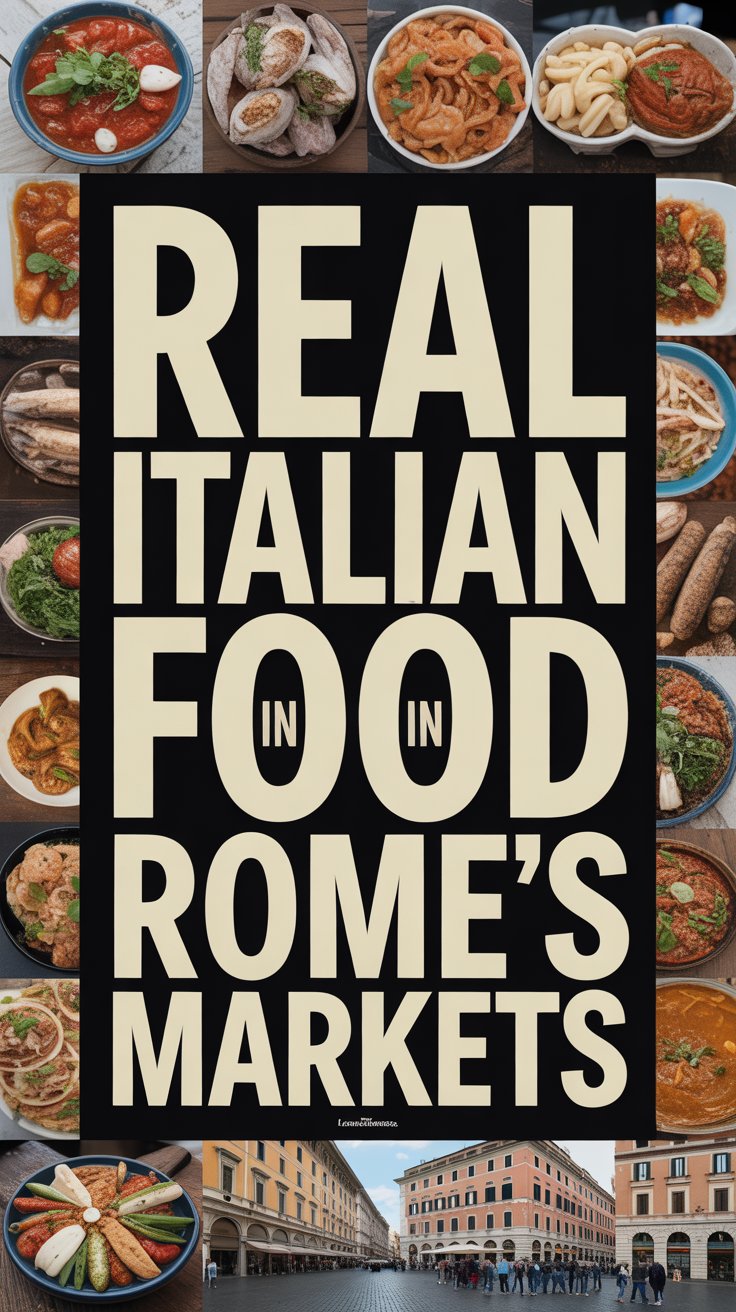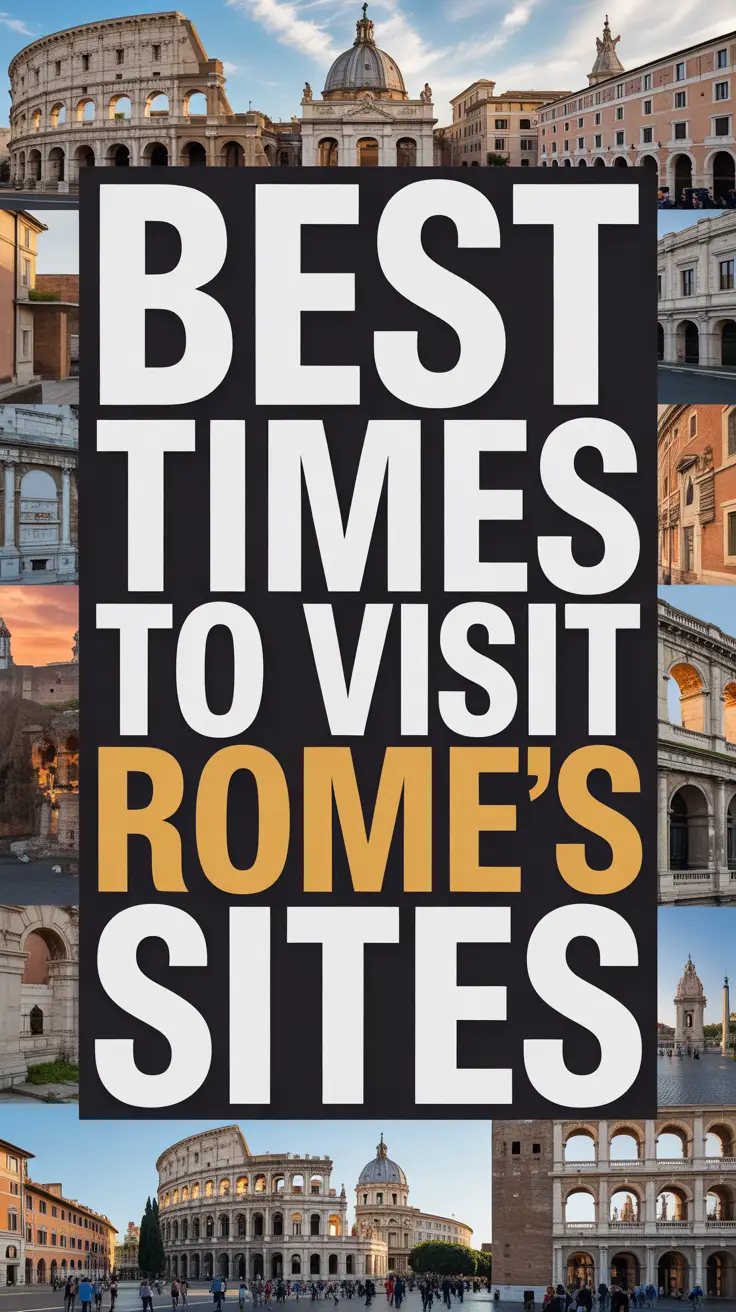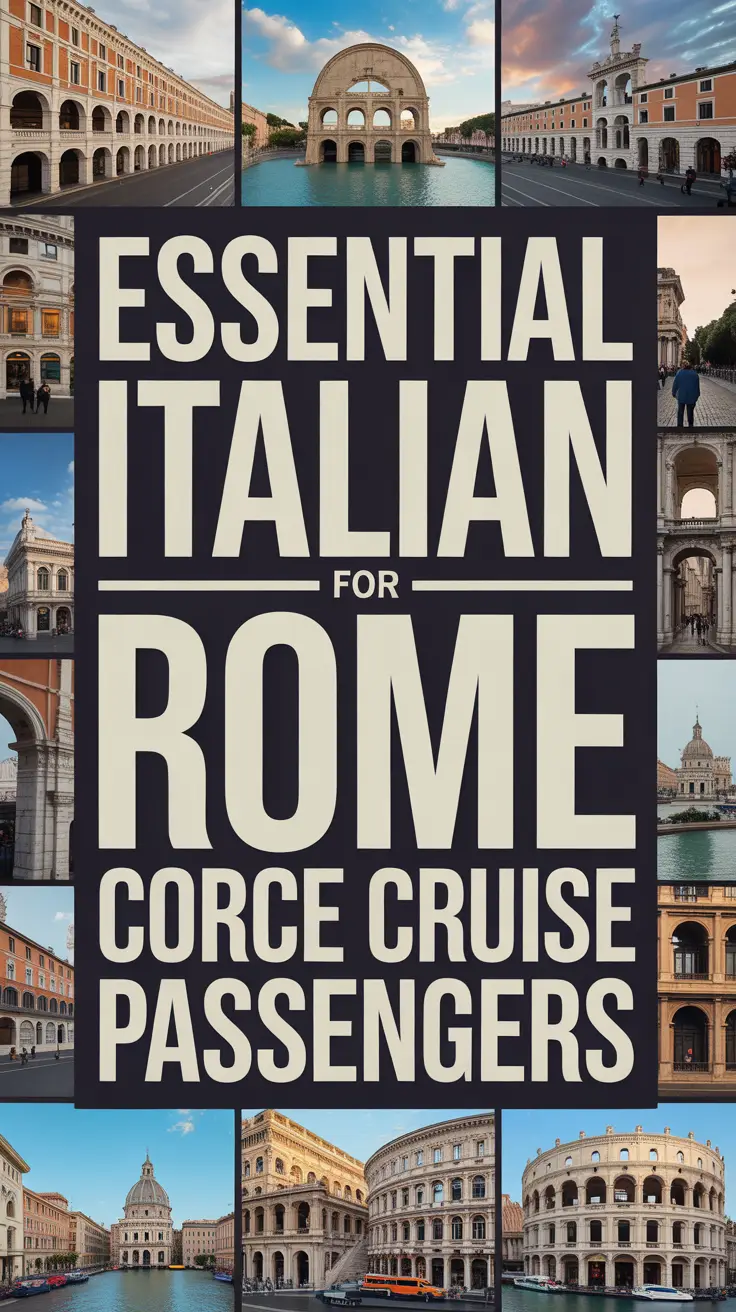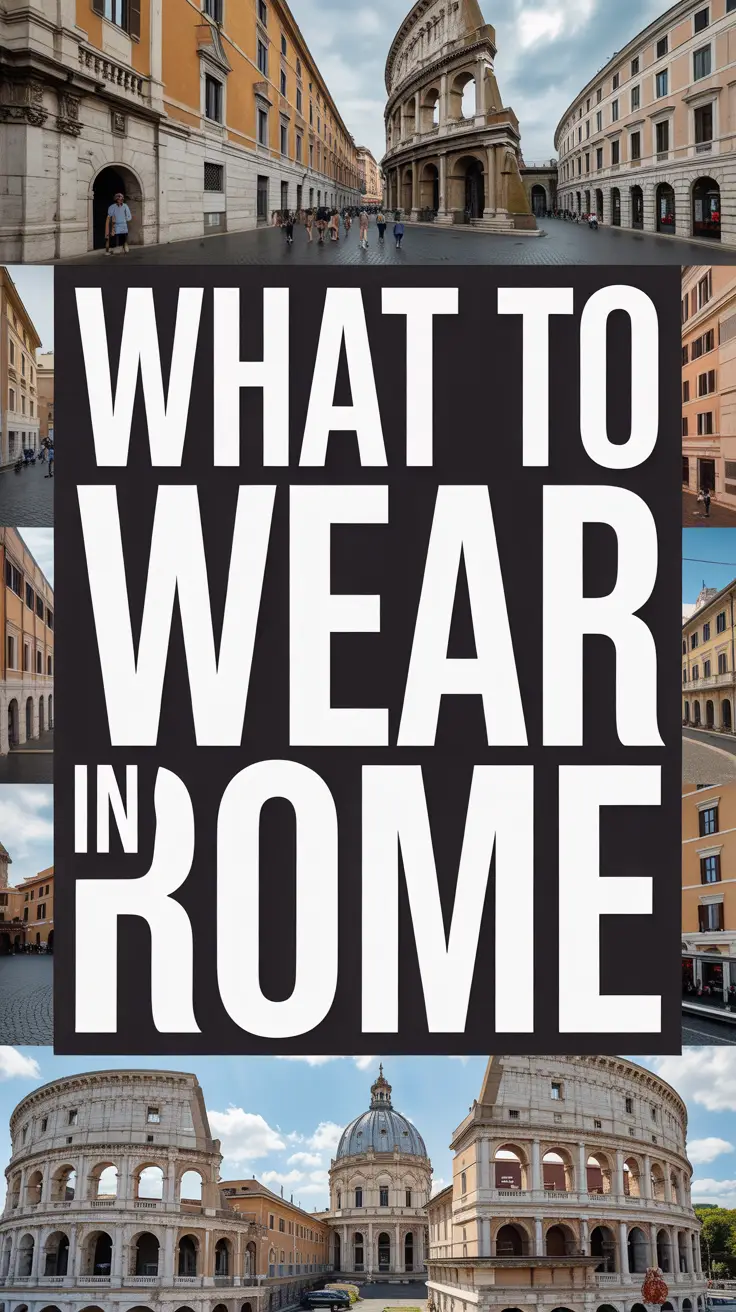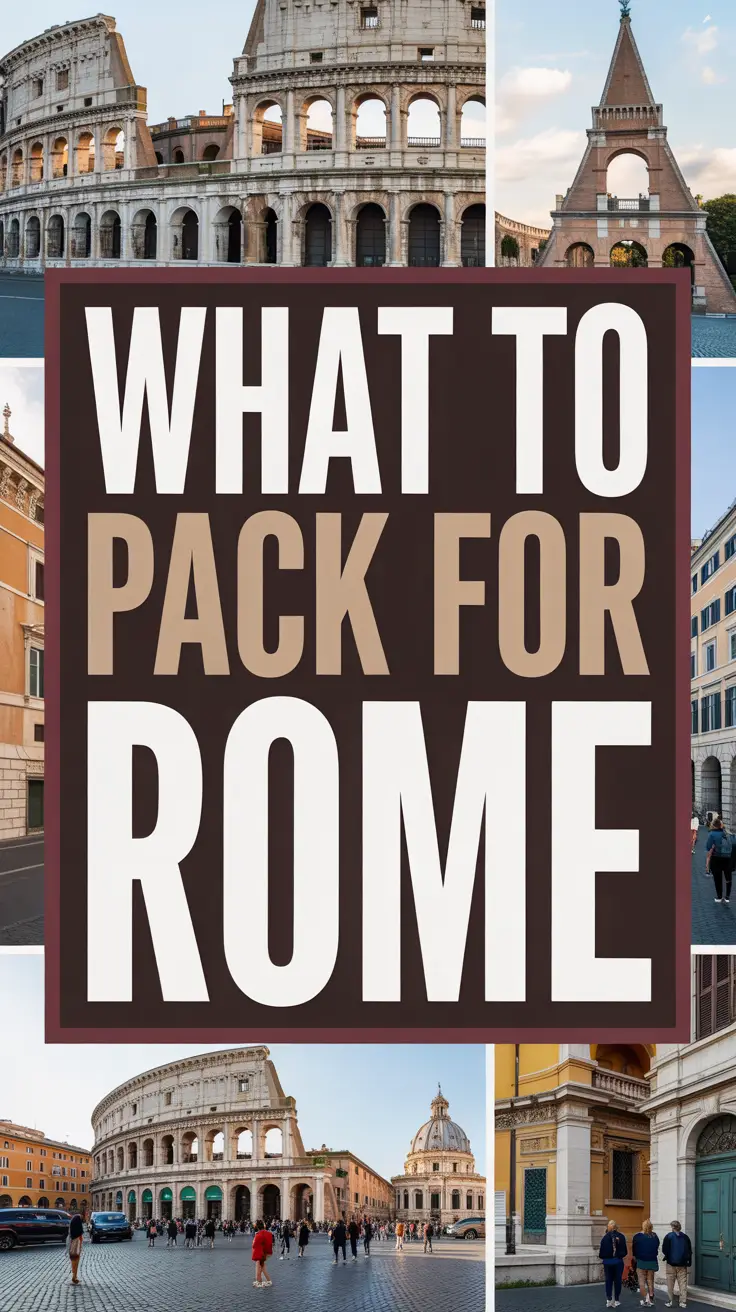Civitavecchia serves as Rome’s gateway port, welcoming millions of cruise passengers annually. Most guests rush off to the Eternal City, but savvy travelers know the real treasures lie scattered along the nearby Italian coast like forgotten jewels. These charming coastal towns offer authentic Italian experiences without the crowds, steep prices, or tourist traps that plague Rome.
Why These Coastal Gems Remain Hidden
Cruise lines focus on marquee destinations that sell excursions. Small Italian fishing villages don’t generate the same revenue as Colosseum tours, so they remain blissfully off the beaten path. The irony? These towns offer more authentic Italian culture than you’ll find dodging selfie sticks in Rome’s city center.
Most cruise passengers have limited time in port—typically 8-12 hours—making Rome seem like the obvious choice. Smart cruisers, however, realize that racing through the Vatican leaves you exhausted and overwhelmed, while a leisurely day exploring coastal Italy creates lasting memories.
Santa Marinella: The Elegant Escape
Just 15 minutes north of Civitavecchia by train, Santa Marinella feels like stepping into a vintage Italian postcard. This sophisticated beach town attracted Roman nobility in the early 1900s, and their elegant villas still line the pristine coastline.
What Makes It Special:
- Crystal-clear waters perfect for swimming (bring your suit!)
- Castello di Santa Severa, a medieval castle sitting directly on the beach
- Authentic seafood restaurants where locals actually eat
- Easy train access from Civitavecchia’s main station
Insider Tip: The castle hosts free exhibitions and offers spectacular photo opportunities. Arrive early morning when the light hits the medieval walls just right—your Instagram followers will think you hired professional photography equipment.
Tarquinia: Where Etruscan History Comes Alive
This UNESCO World Heritage site sits 20 minutes inland and houses the world’s most important Etruscan necropolis. Forget dusty museum displays—these underground tombs feature vibrant frescoes that look like they were painted yesterday, not 2,500 years ago.
Must-See Highlights:
- Monterozzi Necropolis with over 6,000 tombs
- Medieval town center with panoramic views
- Etruscan Museum housing priceless artifacts
- Local pottery workshops continuing ancient traditions
Pro Travel Hack: Combine Tarquinia with Tuscania (see below) for a perfect day trip. Both towns connect via local bus, creating an efficient loop back to your ship.
Tuscania: Medieval Magic Without the Crowds
Tuscania delivers everything you expect from medieval Italy—minus the tour buses. This hilltop town features narrow cobblestone streets, ancient churches, and that golden light photographers dream about.
| Attraction | Time Needed | Best Photo Spot |
|---|---|---|
| San Pietro Church | 45 minutes | Rose window at sunset |
| Historic Center Walk | 2 hours | Piazza Basile panorama |
| Local Market | 30 minutes | Colorful produce displays |
“We see maybe five cruise passengers per month here,” says Maria Rossi, Tuscania’s Tourism Director. “They always leave amazed, wondering why more people don’t discover our little paradise. Honestly, we’re not complaining—it keeps Tuscania authentic.”
Viterbo: The City of Popes
Medieval Viterbo served as the papal residence for 24 years, creating an extraordinary collection of religious architecture. The Papal Palace and its famous loggia provide stunning backdrops, while the thermal springs offer relaxation after walking ancient streets.
Hidden Gems in Viterbo:
- Papal Palace with 13th-century Gothic architecture
- San Pellegrino Quarter—Europe’s best-preserved medieval neighborhood
- Thermal baths at Bullicame (free natural hot springs!)
- Local restaurants serving wild boar and other regional specialties
Foodie Alert: Viterbo’s local cuisine differs significantly from typical Italian tourist fare. Try “acquacotta” (vegetable soup) and local Est! Est!! Est!!! wine—yes, those exclamation points are part of the name.
Practical Transportation Tips
Getting around requires some planning, but nothing too complicated for seasoned cruise travelers:
- Train: Regular service to Santa Marinella and connecting stations
- Bus: COTRAL buses connect most towns (buy tickets at tobacco shops)
- Taxi: Expensive but available for direct routes
- Rental Car: Best flexibility, but parking can be challenging in historic centers
Timing Is Everything: Most shops close 1-4 PM for riposo. Plan museum visits or walking tours during these hours, then enjoy leisurely lunches when businesses reopen.
Bonus Tips from a Cruise Veteran
- Weather Backup Plans: All these towns offer excellent indoor attractions—perfect for unexpected rain
- Language Lifesaver: Download Google Translate’s camera feature to read menus and signs instantly
- Cash is King: Many small establishments don’t accept cards—hit the ATM in Civitavecchia before departing
- Souvenir Strategy: Local ceramics and wines make better memories than mass-produced Roman trinkets
- Time Buffer: Always plan to return to your ship 2 hours before departure—Italian transportation runs on “relaxed time”
The Challenges (Because Honesty Matters)
These destinations aren’t without drawbacks. Limited English speakers mean you’ll need patience and perhaps translation apps. Public transportation schedules can be confusing, and some attractions close unexpectedly for maintenance or holidays.
Food service moves at Italian pace—don’t expect New York-style efficiency. Some roads to hilltop towns feature hairpin turns that might challenge nervous drivers. Tourist information can be sparse compared to major destinations.
However, these minor inconveniences pale beside the authentic experiences waiting in each town.
Planning Your Perfect Day
For a single-town deep dive, choose Santa Marinella or Viterbo. Both offer full-day experiences with minimal travel time. Adventurous travelers can combine Tarquinia and Tuscania for a historical double-header.
Start early—most cruise ships dock around 7 AM, giving you a head start before Italian towns fully wake up. This timing provides perfect photography light and cooler temperatures for walking. Make sure you have comfortable walking shoes for those cobblestone streets.
Common Questions
Can I visit multiple towns in one day? Yes, but stick to two maximum. Italian towns deserve more than rushed visits—quality over quantity creates better memories.
Do I need advance reservations for attractions? Generally no, except for specific museum tours. Most attractions welcome walk-in visitors, though calling ahead never hurts.
What if I miss the last train back? Taxis are available but expensive. Budget €80-120 for emergency transportation back to Civitavecchia port.
Are these towns suitable for mobility-impaired travelers? Medieval centers feature cobblestones and stairs, making accessibility challenging. Santa Marinella offers the most mobility-friendly options.
Can I find vegetarian/vegan options? Italian cuisine naturally includes many vegetarian dishes. Vegan options are less common but growing—research specific restaurants beforehand.
For more information about Mediterranean cruise ports in Italy and exploring beautiful Italian coastal towns near Civitavecchia, check out our comprehensive guides. If you’re planning to skip Rome and eat in Civitavecchia instead, you’ll discover authentic local flavors without the tourist markup.
For official port information and transportation schedules, visit the Port of Civitavecchia website.
Skip the overcrowded Roman Forum where you’ll spend more time in lines than sightseeing. These coastal treasures offer something infinitely more valuable—authentic Italian experiences that cruise ships can’t package and sell. You’ll return to your ship refreshed rather than exhausted, with stories that fellow passengers will envy and memories that last long after your cruise tan fades. Sometimes the best adventures begin by zigging when everyone else zags.

